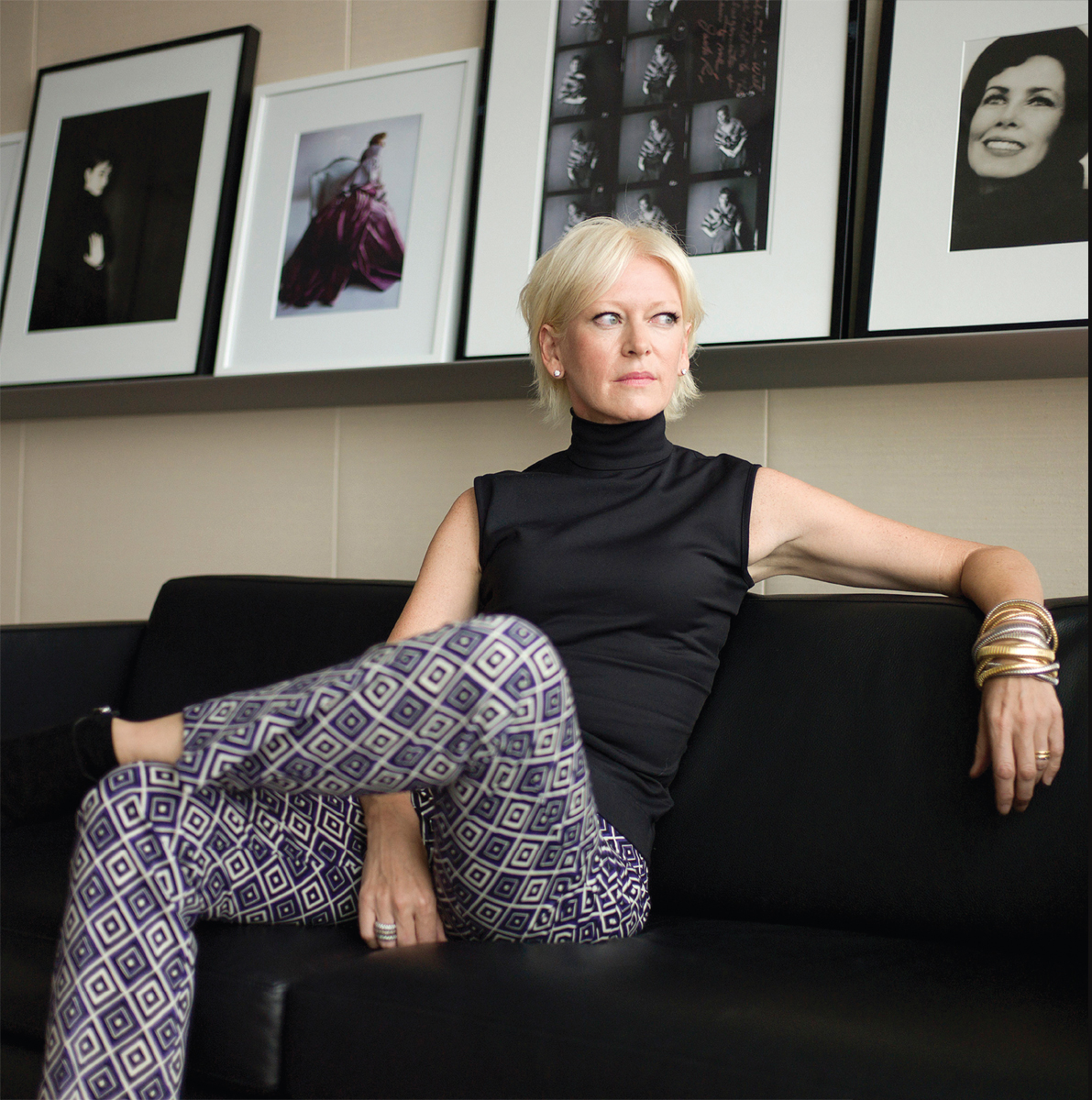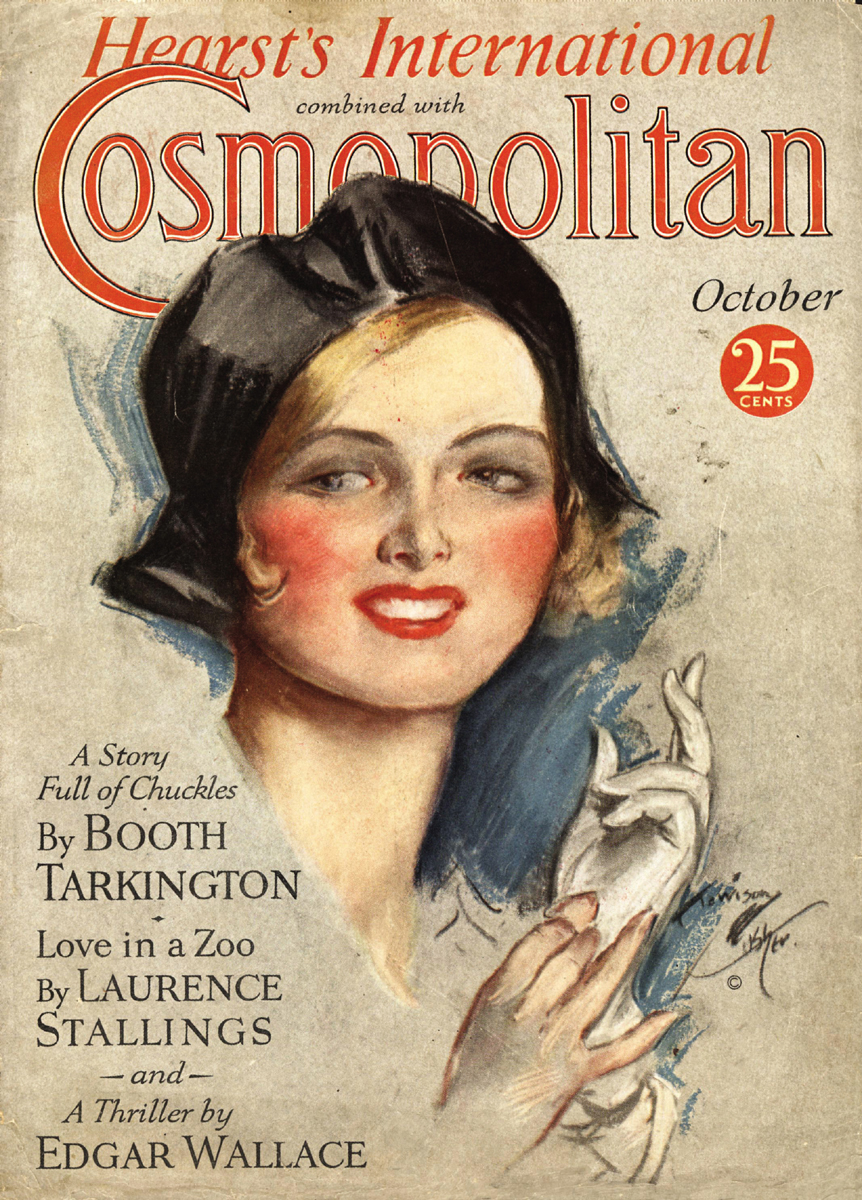Chapter 9 Introduction
WORDS AND PICTURES
9
Magazines in the Age of Specialization
The Early History of Magazines
The Development of Modern American Magazines
The Domination of Specialization
The Organization and Economics of Magazines
Magazines in a Democratic Society

Cosmopolitan didn’t always have cover photos of women with plunging necklines, or cover lines like “67 New Sex Tricks” and “The Sexiest Things to Do after Sex.” As the magazine itself says, “The story of how a ’60s babe named Helen Gurley Brown (you’ve probably heard of her) transformed an antiquated general-
In fact, Cosmopolitan had at least four format changes before Helen Gurley Brown came along. The magazine was launched in 1886 as an illustrated monthly for the modern family (meaning it was targeted at married women) with articles on cooking, child care, household decoration, and occasionally fashion, featuring illustrated images of women in the hats and high collars of late-
But the magazine was thin on content and almost folded. Cosmopolitan was saved in 1889, when journalist and entrepreneur John Brisben Walker gave it a second chance as an illustrated magazine of literature and insightful reporting.
The magazine featured writers like Edith Wharton, Rudyard Kipling, and Theodore Dreiser and serialized entire books, including H. G. Wells’s The War of the Worlds. And Walker, seeing the success of contemporary newspapers in New York, was not above stunt reporting. When Joseph Pulitzer’s New York World sent reporter Nellie Bly to travel the world in less than eighty days in 1889 (challenging the premise of Jules Verne’s 1873 novel, Around the World in Eighty Days), Walker sent reporter Elizabeth Bisland around the world in the opposite direction for a more literary travel account.3 Walker’s leadership turned Cosmopolitan into a respected magazine with increased circulation and a strong advertising base.
Walker sold Cosmopolitan at a profit to William Randolph Hearst (Pulitzer’s main competitor) in 1905. Under Hearst, Cosmopolitan had its third rebirth—

But by 1912, the progressive political movement that had given impetus to muckraking journalism was waning. Cosmopolitan, in its fourth incarnation, became a version of its former self—
Cosmopolitan had great success as an upscale literary magazine, but by the early 1960s, the format had become outdated and readership and advertising had declined. At this point, the magazine had its most radical makeover. In 1962, Helen Gurley Brown, one of the country’s top advertising copywriters, was recently married (at age forty) and wrote the best-
Brown maintained a pink corner office in the Hearst Tower in New York until her death in 2012, but her vision of Cosmo continues today. It’s the top women’s fashion magazine—
SINCE THE 1740s, magazines have played a key role in our social and cultural lives, becoming America’s earliest national mass medium. They created some of the first spaces for discussing the broad issues of the age, including public education, the abolition of slavery, women’s suffrage, literacy, and the Civil War.
In the nineteenth century, magazines became an educational forum for women, who were barred from higher education and from the nation’s political life. At the turn of the twentieth century, magazines’ probing reports paved the way for investigative journalism, while their use of engraving and photography provided a hint of the visual culture to come. Economically, magazines brought advertised products into households, hastening the rise of a consumer society.
Today, more than twenty thousand commercial, alternative, and noncommercial magazines are published in the United States annually. Like newspapers, radio, movies, and television, magazines reflect and construct portraits of American life. They are catalogues for daily events and experiences, but they also show us the latest products, fostering our consumer culture. We read magazines to learn something about our community, our nation, our world, and ourselves.
In this chapter, we will:
- Investigate the history of the magazine industry, highlighting the colonial and early American eras, the arrival of national magazines, and the development of photojournalism
- Focus on the age of muckraking and the rise of general-
interest and consumer magazines in the modern American era - Look at the decline of mass market magazines, the impact of TV and the Internet, and how magazines have specialized in order to survive in a fragmented and converged market
- Investigate the organization and economics of magazines and their function in a democracy
As you think about the evolution of magazine culture, consider your own experiences. When did you first start reading magazines, and what magazines were they? What sort of magazines do you read today—